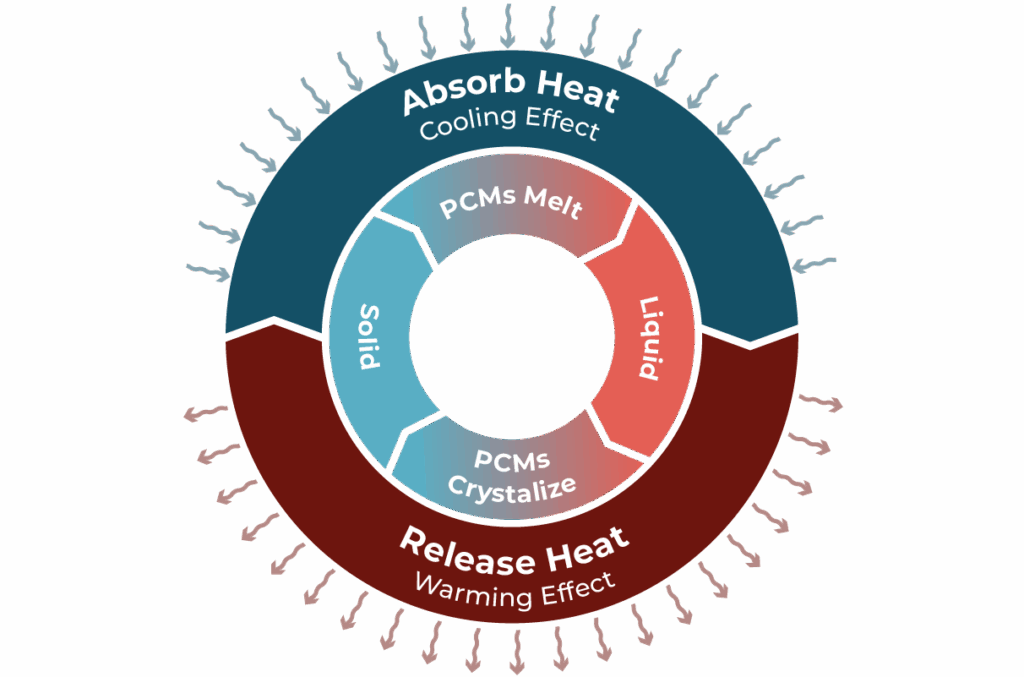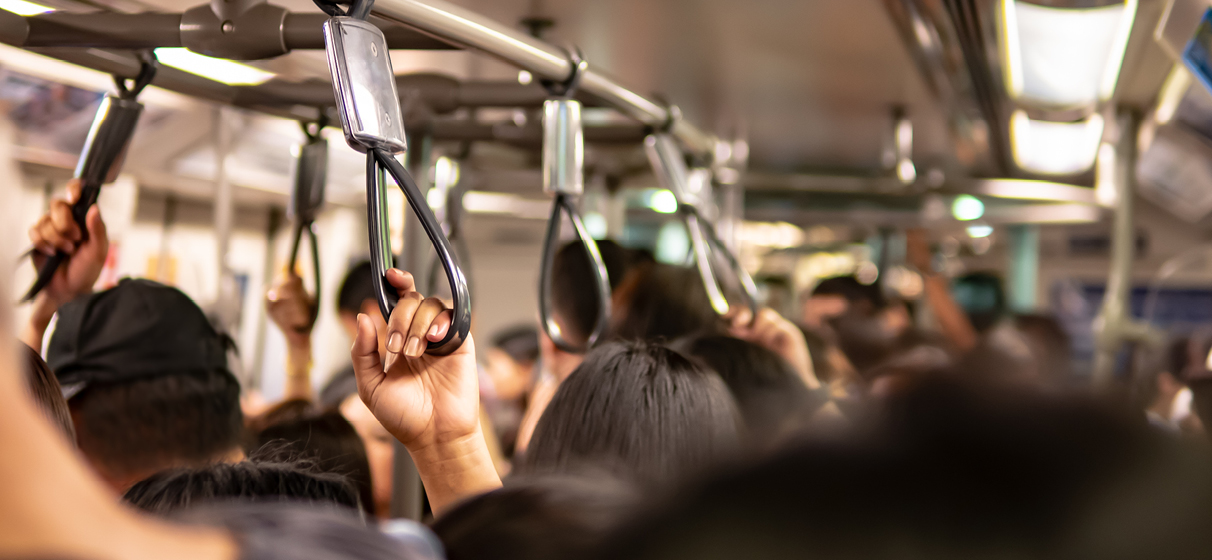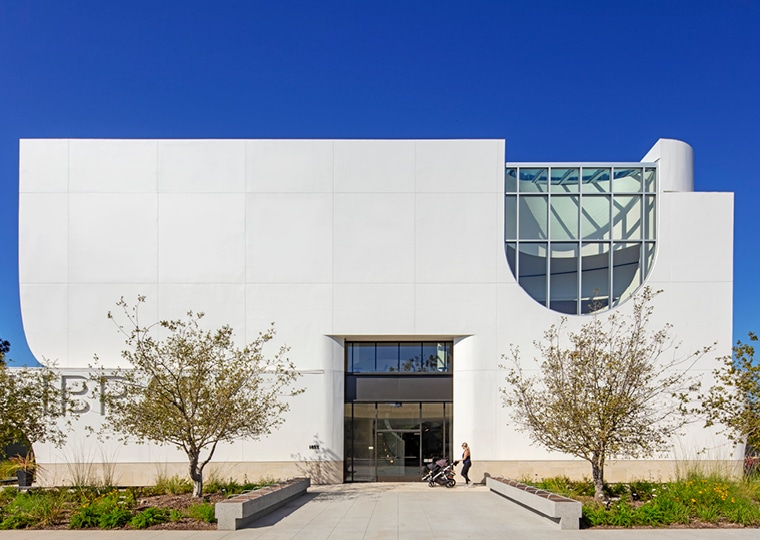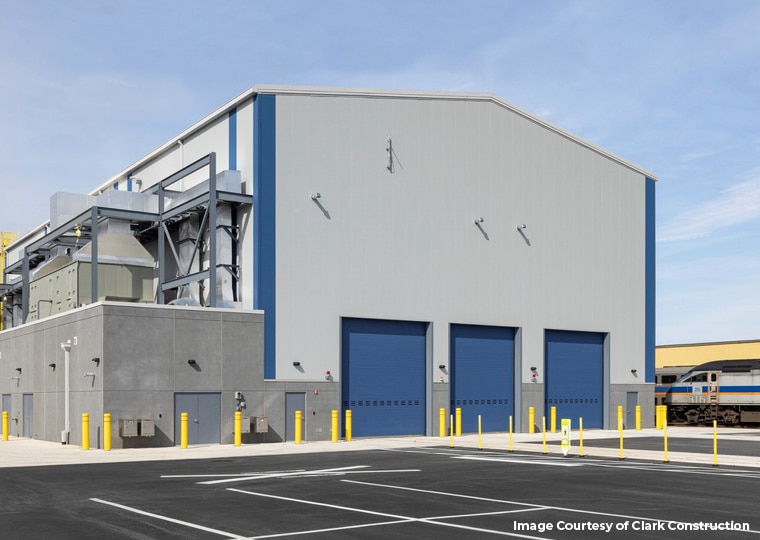As urban centers across the globe continue to expand, the challenges facing public transit systems, especially underground subways, are growing. One of these critical challenges is managing high temperatures in subway stations, which can reach uncomfortable – and sometimes unsafe – levels for riders. Achieving thermal comfort in environments that lack traditional air conditioning presents a unique engineering puzzle, one that requires both innovation and careful consideration of energy consumption.
STV holds both holistic mechanical engineering and public transit expertise to help solve this challenge. Our firm has decades of experience in designing high-performance, energy-efficient HVAC solutions across various sectors. Additionally, our teams have been embedded in the rail and transit sector for many years, with a deep understanding of both operational and environmental requirements. We have advised transit agencies and municipalities across North America on improving connectivity, efficiency and customer experience in ways that are both scalable and sustainable.
While some major cities have begun implementing traditional air conditioning in subway systems, STV has recently explored sustainable, alternative approaches that align with the need for passive and cost-effective solutions. Specifically, in response to a client request from a major transit agency in the Northeast, STV conducted a broad investigation into non-traditional cooling methods for subway stations, including the use of phase-changing materials (PCMs) as a non-invasive, energy-efficient thermal storage option to help manage temperatures sustainably.
Why Temperature Control Matters Underground
As any regular subway rider knows, high temperatures in underground stations can make the commuting experience uncomfortable, especially during peak summer months. A variety of factors contribute to the heat buildup within subway stations, including train car air conditioning systems that expel heat, friction associated with train deceleration, electronic equipment in stations and the heat generated by large crowds during rush hours – all combined with limited ventilation.
Traditional cooling methods, such as air conditioning systems, are often unfeasible to integrate in subway environments due to their high energy consumption, extensive installation requirements and significant upfront implementation costs. Additionally, their ongoing operational expenses can be difficult for transit agencies to sustain over the long term. Given these obstacles, STV considered alternatives like Phase-Changing Materials (PCMs) – a thermal energy storage technology that consumes minimal energy, requires no refrigerants and holds potential for non-invasive, flexible installation.

A Unique Cooling Solution with Phase-Changing Materials
PCMs work to passively cool stations by storing and releasing energy based on environmental conditions. They absorb heat as they melt and release it as they solidify – similar to the way water freezes and melts but at more moderate temperatures, making them well-suited for subway environments.
By strategically placing PCMs within subway stations, cooling energy can be stored during cooler night hours and released gradually during daytime peak temperatures. This cycle has the potential to create a microclimate within stations, reducing thermal stress on riders. The approach is modular, meaning that PCMs can be installed in specific areas of need, such as ceilings, walls, underneath platforms or intake shafts, allowing for flexible applications based on each station’s design and conditions.
There are three primary installation methods for PCM-based cooling systems – via overhead systems, air intake shafts or under-platform storage – each offering unique benefits in flexibility, feasibility and effectiveness. Our research indicates that PCMs can effectively delay temperature rises within stations during peak hours, extending rider comfort throughout the day.
A Look Forward: Advancing Sustainable Solutions for Transit Systems
As our cities grow, so does the demand for efficient, reliable and environmentally friendly transit solutions. At STV, we understand that keeping public transit systems safe and comfortable for riders requires continuous innovation. By harnessing advanced materials and passive cooling techniques, we can help transit agencies achieve their climate and sustainability goals while addressing immediate comfort concerns for riders.
Implementing PCM technology offers but one path to achieving these objectives without the excessive energy demands of traditional air conditioning. No matter the solution, our team is committed to working closely with transit authorities to create cooler, more comfortable commutes, enhancing rider experience and delivering sustainable infrastructure solutions for the next generation of transit systems.








